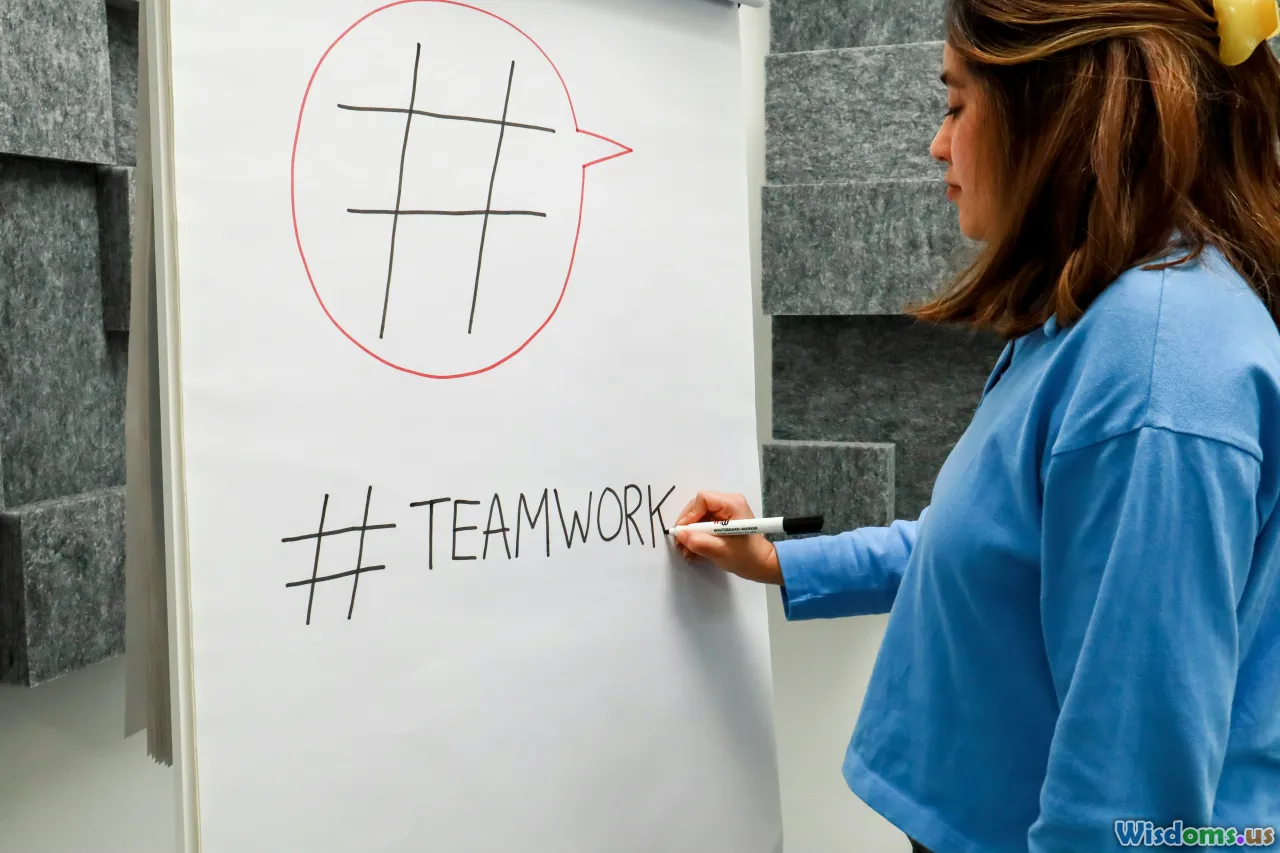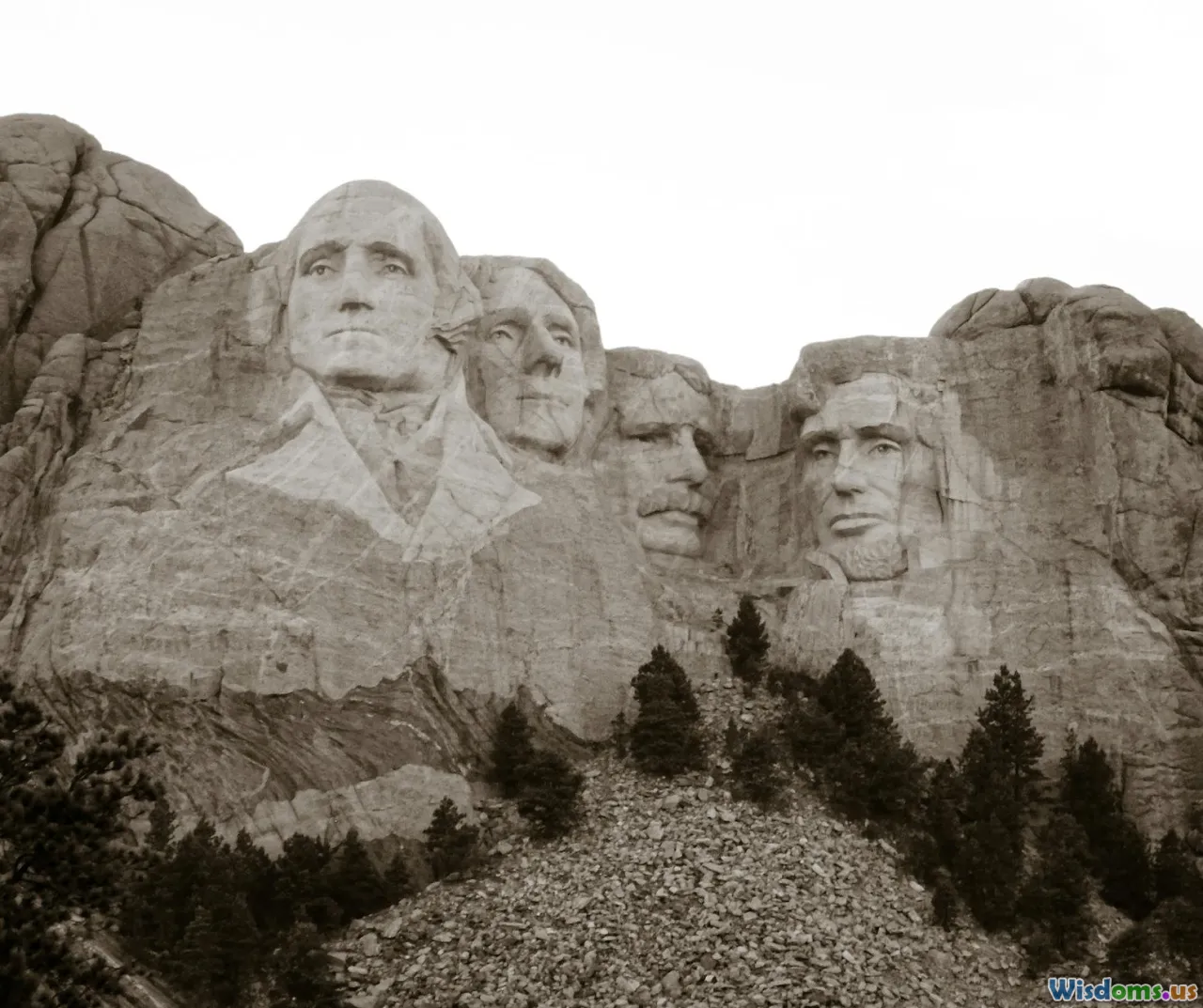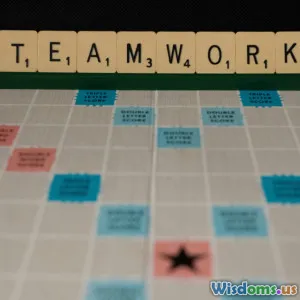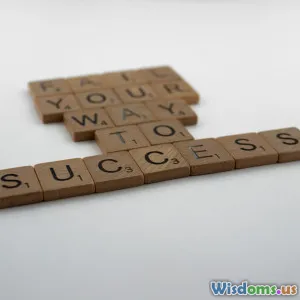
Unlocking Decision Making Tools Used by Top Leaders
15 min read Discover proven decision-making tools top leaders use to drive actionable results and strategic success. (0 Reviews)
Unlocking Decision Making Tools Used by Top Leaders
In times of rapid change and complexity, the way decisions are made separates average organizations from exceptional ones. Why do top leaders consistently make choices that drive innovation, maintain stability, and deliver results, even under pressure? The answer lies in their mastery and strategic use of proven decision-making tools. This article delves into these tools, dissecting how leaders from industry icons to rising executives elevate their impact—and showing you how to apply the same methodologies in your own sphere.
Mental Models as Leadership Leverage

At the heart of top-tier leadership lies the effective use of mental models—conceptual frameworks that streamline how information is assessed and choices are executed. Visionary investor Charlie Munger once said, "You need a latticework of models in your head." Top leaders draw from multiple mental models to avoid narrow perspectives and spot hidden biases.
Example: First Principles Thinking
Elon Musk, founder of SpaceX and Tesla, attributes much of his innovation to first principles thinking—the process of breaking down complex problems into fundamental truths and reasoning from the ground up. When revamping battery designs, Musk ignored traditional industry limitations and instead calculated the core chemical costs, realizing he could make electric vehicle batteries far cheaper and lighter with a new approach.
Application Tips
- List assumptions about your challenge.
- Scrutinize each one—must it be true, or can it be replaced?
- Rebuild the solution from the basic truths or data points.
Mental models like probabilistic thinking or inversion (examining the opposite) add further power by helping leaders imagine diverse scenarios and preempt potential pitfalls.
Data-Driven Decision Tools

Leaders today have access to more data than ever before, but data alone doesn't guarantee smart decisions. The top echelon use specific data-driven tools to sift insight from information chaos, leading to clarity and confident action.
Decision Matrices
One foundational tool is the decision matrix (also known as a weighted scoring model). This visual method allows leaders to compare multiple options across important criteria. For example, when Apple considered suppliers for its new product lines, managers scored potential partners based on cost, quality, reliability, and scalability within a decision matrix. The result was a clear, impartial top contender.
How to create a basic decision matrix:
- List all possible options and critical criteria.
- Assign weights to each criterion (reflecting what matters most).
- Rate each option for each criterion, multiply by the weight.
- Sum each option’s scores: the highest-scoring wins.
Predictive Analytics & Scenario Planning
C-level leaders in global firms harness predictive analytics—using statistics and AI algorithms to forecast outcomes. Amazon, for example, uses complex models to predict customer demand, optimizing its supply chain and inventory accordingly. Leaders employ scenario planning with these predictions to model the consequences of different strategies, preparing organizations for volatility.
Pro Tip: Blend quantitative analysis with qualitative judgment—numbers offer a map, but leadership intuition interprets the terrain.
The Power of Decision Trees and Flowcharts

Complex choices often contain hidden branches and potential outcomes. To visualize these, leaders use decision trees and flowcharts.
How Decision Trees Add Clarity
A decision tree is a graphical representation of options, risks, and possible results. Let's say a pharmaceutical executive is deciding whether to bring a new drug to market. Nodes on the tree represent approval, market reaction, regulatory hurdles, and so on.
Case Example: Johnson & Johnson used decision tree analysis during the Tylenol tampering crisis, allowing leaders to weigh public health and reputation risks systematically before making a massive product recall.
Action Steps:
- Start with your core choice at the root.
- Branch out with each possible option.
- At each branch, consider further choices, risks, or events.
- Evaluate outcomes and associated probabilities.
By walking through every outcome visually, leaders clarify complexity and better justify big decisions.
Gut Instinct: When and How Leaders Trust Their Intuition

It might seem counterintuitive in a data-saturated world, but the most seasoned leaders know when to bet on their intuition. Nobel laureate Daniel Kahneman calls this "expert intuition"—instinct cultivated by years of pattern recognition.
Example: Quick Crisis Responses
Former PepsiCo CEO Indra Nooyi famously made rapid investment decisions in emerging brands, sensing market shifts before numbers appeared in quarterly reports. Her track record highlights a leader’s ability to "read between the lines"—combining experience with limited data to make fast, effective calls in ambiguous situations.
How to Sharpen Leadership Intuition:
- Reflect on outcomes of past decisions—analyze what went right or wrong.
- Expose yourself to a wide variety of situations (cross-functional roles, new markets).
- Keep self-doubt in check—bridge instinct with factual cues; don’t ignore either side.
Top leaders explicitly integrate intuition with formal tools, using their gut to double-check or pressure-test analytic conclusions, especially under uncertainty.
Group Decision-Making: Harnessing Collective Intelligence

In complex environments, the wisdom of crowds often surpasses individual reasoning. Top leaders understand how to engineer effective group decision-making, steering teams clear of groupthink while extracting the best ideas.
Tools for Strong Group Decisions
- Delphi Technique: Anonymous rounds of opinion gathering and feedback, used in strategic planning.
- Example: NASA employs Delphi methods to forecast technological risks for new space missions.
- Six Thinking Hats: Developed by Edward de Bono, this tool encourages groups to examine problems from six different perspectives (emotion, data, caution, optimism, creativity, organization). Finance giant Goldman Sachs introduces this model in strategy workshops to ensure multifaceted, balanced debate.
Action Advice
- Appoint a neutral facilitator.
- Use voting systems or digital platforms (e.g., Poll Everywhere) for candid input.
- Encourage structured "devil’s advocate" roles to challenge assumptions.
Limiting Bias: Debiasing Frameworks for Better Judgment

No amount of data or powerful tools is effective if cognitive biases are left unchecked. Leading organizations invest in debiasing frameworks to ensure decisions are rational and robust.
Common Biases Leaders Fight
- Confirmation bias: Seeking only evidence that confirms their views, as happened during Blockbuster’s decline when executives dismissed emerging digital competitors.
- Anchoring bias: Letting the first piece of information unduly shape choices.
- Recency bias: Giving undue weight to recent experiences, as seen when markets overreact to short-term trends.
Practical Tools
- Pre-Mortem Analysis: Ask, "Imagine we make this decision, but it failed. Why did it go wrong?" Gary Klein’s pre-mortem approach is widely used at Google to uncover overlooked risks.
- Checklists: Underused in business, surgical-style checklists embed objective processes to minimize errors—employed by Boeing for flight crews, now spreading to project management.
Encouraging open dissent, rotating responsibility, and using external consultants for key choices are proven debiasing tactics at companies like Netflix and Bridgewater Associates.
Decision Journaling: Building a Culture of Deliberate Improvement

Elite decision-makers treat judgment as a craft that requires lifelong refinement. One powerful yet underutilized tool is decision journaling.
Approach and Example
Venture capitalists, including Sequoia Capital partners, keep decision journals to record why they backed founders—or passed. Months or years later, they review outcomes, evaluating whether their reasoning process or unforeseen variables were at play.
Benefits
- Self-awareness: Repeated errors are exposed and corrected.
- Pattern recognition: Journals build a personalized playbook over time.
- Organizational learning: When anonymized and shared, such logs help standardize and democratize best practices across teams.
To get started, leaders should:
- Write a quick summary before making each critical decision (goals, reasoning, inputs, emotions).
- Conduct periodic reviews, looking for themes and blind spots.
- Foster a non-punitive, growth-oriented reflection culture in teams.
Real-World Tools in Anatomy: Decision-Making Practices of Famous Leaders

Examining how high-profile leaders applied decision science offers a blueprint for others:
- Winston Churchill: During WWII, Churchill combined intuitive hunches with war gaming and scenario analysis before pivotal battles, gathering multiple viewpoints in daily War Cabinet meetings.
- Satya Nadella (Microsoft): Nadella champions "growth mindset" and data-driven leadership, reshaping Microsoft’s culture by combining analytic dashboards with empathy-driven surveys.
- Howard Schultz (Starbucks): He solicited employee input and used customer satisfaction data before initiating company-wide changes, presiding over the successful introduction of mobile ordering.
These stories underscore the point: outstanding leaders customize and combine decision tools depending on the stakes and context.
Emerging Trends: AI, Crowdsourcing, and the Future of Decision Making

Tools for decision-making continue to evolve at a dizzying pace:
Artificial Intelligence (AI) Augmented Decisions
Modern executives now tap AI-powered assistants for live risk analysis, as done by JP Morgan Chase, where AI detects investment anomalies faster than any human could. Decision-support bots like OpenAI’s ChatGPT are being plugged into workflow to offer scenario suggestions or provide just-in-time expertise.
Crowdsourcing for Innovation
Platforms like InnoCentive and Kaggle allow organizations from pharma giants to non-profits to pose critical questions globally—harnessing thousands of minds, not just internal teams, to unearth new solutions.
Next-Gen Dashboards
Real-time dashboards, augmented with predictive analytics and scenario simulators, have become must-have tools at Airbnb and Uber, offering live feedback loops for operational or strategic pivots.
Bringing World-Class Decision Tools Into Your Daily Leadership

While Fortune 500 CEOs have access to dedicated support teams, anyone can build a formidable decision-making toolkit. Adopt mental models to clarify big choices, use decision matrices or trees for tangible analysis, bake in debiasing practices, and reflect with decision journals. Choosing when to trust your intuition—supported by data and group inputs—ensures you’re making not just more decisions, but better ones.
Forward-thinking leaders experiment relentlessly, refine their processes continuously, and remain humble students of the evolving art of decision-making. In a world where a single smart choice can mean the difference between stagnation and breakthrough, unlocking top decision-making tools isn’t just a competitive advantage—it’s an imperative for lasting leadership success.
Rate the Post
User Reviews
Popular Posts




















